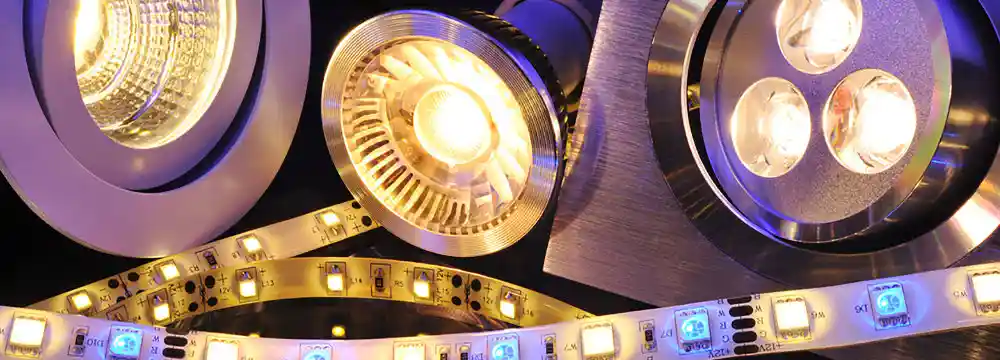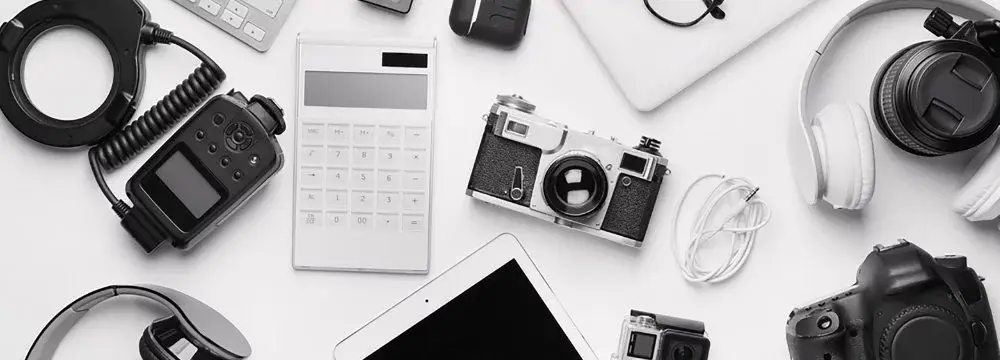Before covering the uses of printed circuit boards, it will be necessary to understand what a PCB is. Printed circuit boards (PCBs) are boards that play the role of connecting electronic components or devices. PCB applications in everyday items play a key role in all the electronic devices we use daily. PCB manufacturing uses non-conductive materials. Some other materials that are used in the formation include pads, lines, and other features carved from sheets of copper to electronically connect the entire electronic components found within a product.
Unlike in the past, when the use of PCBs was not widespread, this is not the case today. Today, the use of printed circuit boards in electronic equipment is profound, and there are many types of PCBs. Some are one-sided, while others are double-sided or even layered. PCBs can be flexible, rigid, or a combination of the two.
Applications of PCB
Because so many different areas use PCBs, you can find them everywhere, from small consumer equipment to large pieces of machinery. Where are printed circuit boards used in daily life? Here are the most common PCB applications in everyday life.
Automotive Applications
In the modern automotive industry, vehicles now feature a range of advanced electronics and electrical parts that provide greater functionality. Whereas, as compared to the past when vehicles had only a few electronic circuits for essential items, circuit boards have come a long way and found many uses in this field.
Here are some common applications of PCBs in vehicles:
- Navigation: Navigation systems such as satellite navigation or GPS are commonly incorporated into vehicles. These systems all use PCBs.
- Media equipment: Modern vehicles may have advanced dashboards that are able to connect to the vehicle’s radio or media player. All of them use electronic parts.
- Control systems: Circuit boards are used to monitor and manage advanced car control systems such as power supplies, fuel regulators, and engine management.
These advanced electronics can improve safety on the roads while providing a better driving experience, which makes these systems extremely popular in vehicles today. However, not just any circuit board design can be used in vehicles. The environment in which these boards operate will be demanding and they will need to be able to withstand high vibrations.

LED Lighting
Light-emitting diode, or LED, is an increasingly popular lighting technology used for residential and commercial lighting and in many industries including the automotive, medical, and computer technology sectors. LEDs are preferred for their energy efficiency, long life, and compactness. One role that PCBs play in LED applications is the transfer of heat from the bulb. Higher temperatures shorten the average life of the LED. Because of this, you can find LED PCBs in:
- Residential lighting: LED lighting, including smart bulbs, helps homeowners light their property more efficiently.
- Storefront lighting: Businesses can use LEDs for signage and to illuminate their stores.
- Automotive displays: Dashboard indicators, headlights, brake lights, and more can use LED PCBs.
- Computer display: The LED PCB powers many indicators and displays on laptop and desktop computers.
Consumer Electronics
Computers, tablets, smartphones, and many other devices that people use every day require PCBs with SMT technology to function. As more electronics become a part of everyone’s daily life, we see high productivity in electronic manufacturing, and PCBs are there to make sure they work correctly. The board allows for smaller laptops and other devices while still opting for multiple capabilities. Most consumer electronics PCBs are inexpensive to keep product prices down. However, the boards also need to be dependable to keep consumers satisfied.
The applications of PCBs in consumer electronics are wide. Following are some of the common uses of PCBs in consumer electronics:
- Mobile devices: Smartphones and tablets are at the heart of our daily routine, serving as everything from our alarm clocks to our GPS.
- Computer electronics: Desktops and laptops both have PCBs in their cores, as do screens and the peripheral devices connected to them.
- Recording devices: Internal PCBs are required for the operation of camcorders, digital cameras, microphones, and other recording devices.
Security Applications
Whether used for homes, government buildings, or commercial businesses, security systems often rely on the use of PCB and SMT technology. They have an enormous impact on safety and security beyond what many people know. The PCBs used for these applications may vary depending on the actual application, however, all must be dependable as these products must always operate correctly. Since some safety equipment operates outside the home or business, they must be able to withstand that type of environment as well. PCBs are found in a wide range of products, from modern electronic door locks to security cameras and even smoke detectors.
Firearm applications
Both military and civilian gun manufacturers often use PCBs in their test equipment. Manufacturers will often use such equipment to ensure the safety and functionality of explosives, guns, and ammunition before bringing these products to market. Some of the equipment used includes shock recorders and impact test equipment.
PCB is a flexible and adaptable solution for many applications in a range of industries. Qualified and experienced manufacturers can create cost-effective and easily buildable PCB solutions for any application.




